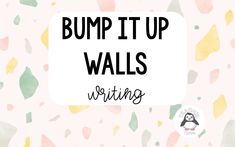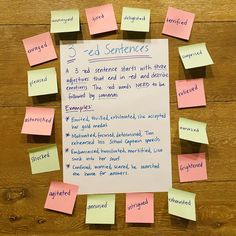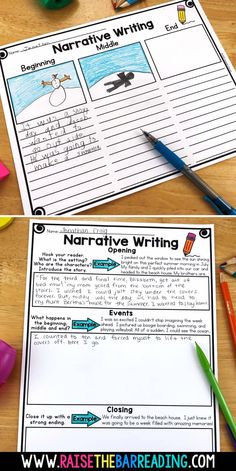Procedural writing is a critical skill that students learn to help them explain how to do something in a logical sequence. Teaching resources for this writing style are invaluable as they provide both structure and creativity to guide learners through the process of constructing clear, concise, and effective procedural texts. Here are several resources that educators can use to enhance their procedural writing lessons:
1. Step-by-Step Guide Templates: These templates can help students organize their writing by breaking down the procedure into clear steps. Each step can include space for a description, illustrations, or specific tips.
2. Sequencing Activities: Interactive activities like sorting cards with different parts of a procedure or reassembling mixed up instructions enable students to understand the importance of order in procedural writing.
3. Procedural Writing Prompts: Offering students an array of engaging prompts can spark their imagination and provide them with a starting point for their own procedural texts. Prompts may include topics such as how to make a sandwich, how to prepare for a school trip, or how to play a simple game.
4. Video Demonstrations: Visual learners can benefit from video examples of procedures being followed. Teachers can create their own videos or utilize existing ones to demonstrate the procedural writing format effectively.
5. Editing Checklists: To ensure that students have included all necessary components of procedural texts, educators can provide checklists that highlight required features such as an introduction, sequenced steps, and concluding statements.
6. Peer Review Worksheets: These give students an opportunity to review each other’s work and provide constructive feedback centered specifically on the clarity and sequencing of the instructions.
7. Writing Rubrics: Clearly defined rubrics help students understand the expectations for their procedural texts and assess their work against defined criteria, including use of language, organization, and coherence.
8. Digital Storyboarding Tools: Technology offers advanced options for students to digitally construct their procedures through storyboarding applications, allowing for easy drafting and revising of step-by-step guides.
By integrating these resources into their curriculum, educators can support and enrich their students’ ability to write effective procedural texts that are useful both in academic settings and in real-world scenarios.











